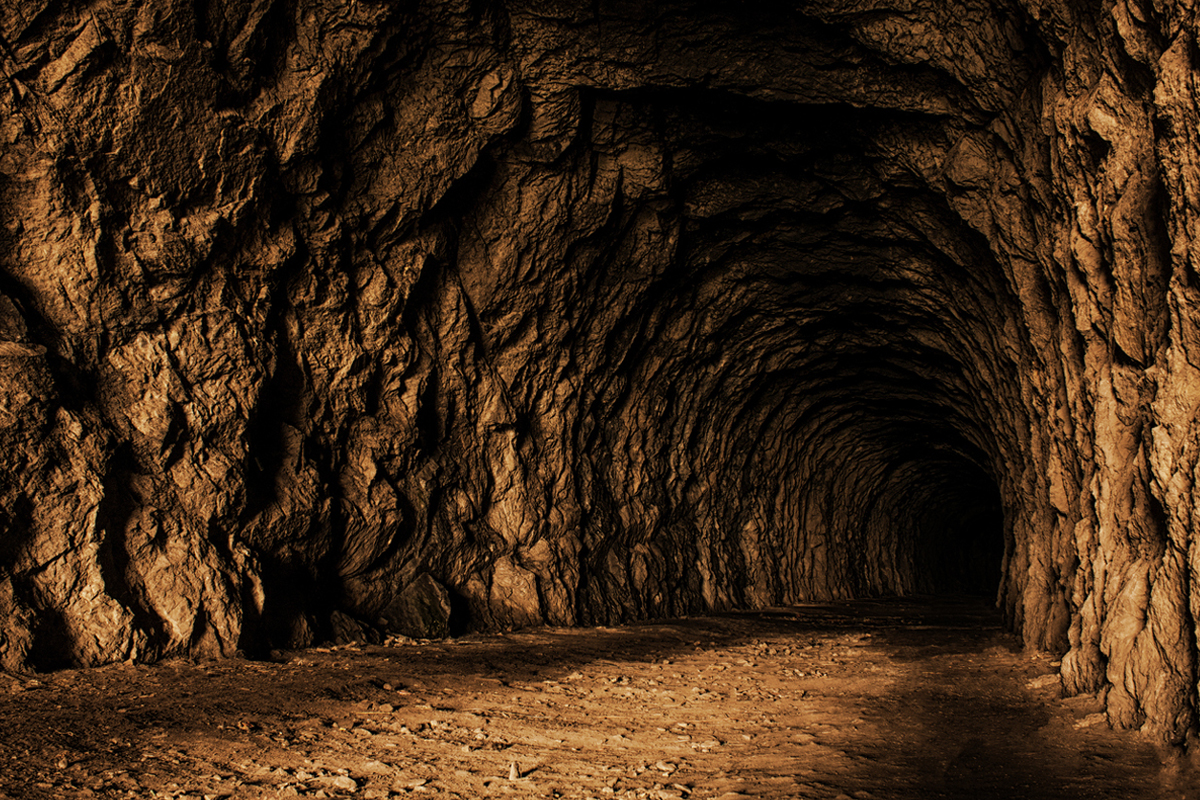The discovery of an underground tunnel during excavation of earth for construction of a dwelling house sparked a sensation at a village in Katwa in Burdwan (East) last evening. Hundreds of locals made a beeline from the neighbouring Amarun, Arra, Ambona villages today to a mango garden at Mahata village within Bhatar Police Station limits after the tunnel was exposed when labourers were excavating earth.
A local farmer, Ziarul Mallik, had recently purchased the land within the old garden area from the family members of two brothers Sudhansu Sinharoy and Kantibhusan Sinharoy of the village for constructing a residential house. “I engaged the labourers about 10 days ago. Since the last three days, the labourers were removing earth for erecting the foundation structure of the house,” said Ziarul.
“When they dug deeper a curved stone structure below ground was exposed,” he said. Sleek brickwork was also exposed. The tunnel is about 8 feet long and it is blocked with another stone work. Its height is about 3 feet. The matter was immediately informed to the local Panchayat and the police as well. The Panchayat and the police together have asked the land owner to suspend further excavation for some time.
According to the Panchayat official: “The structure appears to be ancient as stonework is not common nowadays in these areas.” The area is located beside the historic Kunur river where a number of ancient and medieval remains were discovered in Mongalkote and Bhatar areas over the years. As the appearance of the structure sparked off sensation, historian Sarbajit Jash of Burdwan town said: “It appears to be almost 300 years old and the structure suggest it was constructed as a passage for water transportation.”










